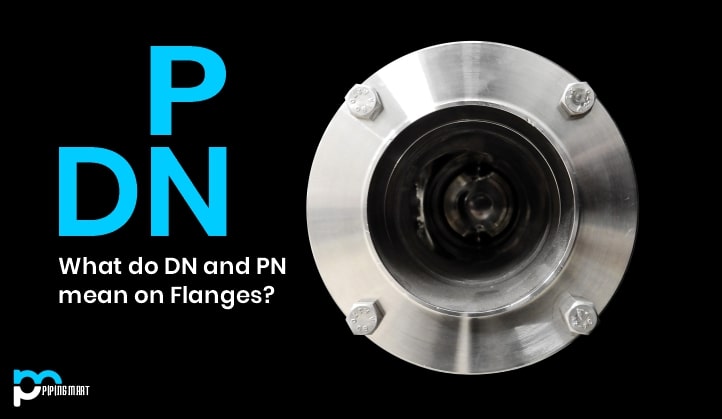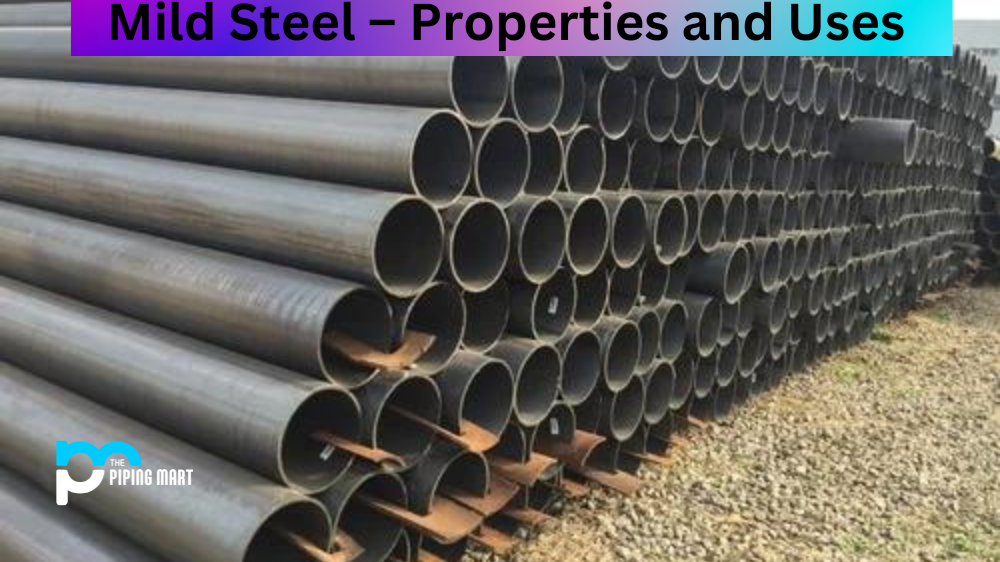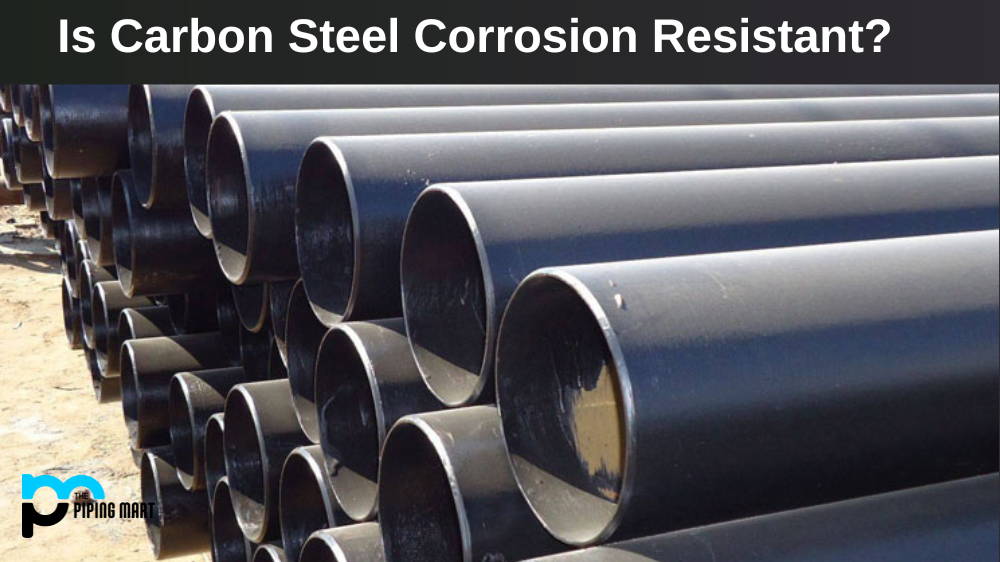How are Flanges Classified?
Flanges are crucial components for connecting pipes and valves in industrial applications. However, not all flanges are the same, and they come in various shapes and sizes to suit different requirements. Flange classification is based on several factors: shape, size, pressure grade, and material type, such as carbon steel and alloy steel types, commonly used for industrial applications. Flanges are also classified mostly based on their mechanical properties, such as resistance to corrosion and other environmental factors. Roughly, flanges can be categorized into slip-on, threaded, socket weld, blind and flat flanges (ff), each suitable for specific piping needs. A flange joint is a kind of pipe attachment where the connecting bits have flanges which lock the components with the help of bolts. The plates of flanges are produced by various manufacturing methods, which will affect the quality of the flanges.
Many common stainless steel flange standards are to be found around the globe. These have standardized dimensions to allow easy interchangeability and functionality. ASA / ASME (USA), PN / DIN (EU), BS10 (British / Australian), and JIS / KS (Japanese / Korean) are General world standards. In 1996, the American National Standards Institute stopped publishing B16.5 in the USA, and the equivalent is ASME B16.5.
There are two pipe types of nomenclature: decimal and metric. In the imperial system, they use pounds per square inch(psi) to refer to pressure or nominal pipe size(NPS) to refer to the length and sizes of the pipes. The pressure usually be measured in kilopascal (kPa), while pipe diameter is noted in the metric system’s DN, depending on the international unit scale.
What does DN stand for?
DN is the “Diameter Nominal” for flanges, a standard to denote a flange size with a corresponding bolt circle diameter. The DN is not a measurement of the flange’s size but an industry standard to ensure uniformity and compatibility between manufacturers. The DN system is commonly utilised for flanges manufactured according to BS EN 1092, a European standard that specifies the requirements for circular steel flanges, which can be used for low and higher temperature and pressure applications. Apart from the DN, it is essential to consider the material, pressure, and application when selecting the appropriate flange for a specific purpose.
What does PN stand for?
What is PN? The term PN means “Pressure Nominale”. The PN is a prefix to the pressure rating of the Flanges. For example, the flange PN16 can operate up to 16 levels at 20-degree Celsius. Normal scores: PN6, PN10, PN16, PN25, PN40, PN64, PN100. International flange standards such as ISO 7005-1 or DIN EN 2501, PN10, PN16, PN25, and PN40 series specify pressure classes and metric flange dimensions using the metric measuring system. PN flanges developed to ANSI standards, including AWWA, ASA or old British specifications measured in inches, will not necessarily fit with the specification of flanges.
This is probably a good idea to suggest the actual working pressure when defining a PN flange specification as it’s customary to allow a similar PN, say PN16, flange drilling on a fitting or valve to suit neighbouring flanges, but the pressure level is lower than PN16.
DN refers to a pipe’s internal diameter. All measures of a piping board, together with the approximate pressure level and type, e.g. The flange measurements, are specified according to the DN.
It should be noted that the true internal diameter, in many instances, deviates by several millimetres. Only when the DN is specified concerning the equivalent DIN norm can it be accurately concluded that pipes from different manufacturers can be mixed.
The DN complies with EN ISO 6708 and must followed by a dimensionless number equivalent to the real internal diameter in millimetres. For reference, a DN 50 pipe indicates an external diameter of 60.3 mm and a wall thickness of 3.65 mm according to EN 10255 (resulting in an indoor diameter of 53 mm).
FAQs
Q. What is DNPN in flanges?
In the context of DN and PN of flanges, “DN” is an abbreviation for “Diameter Nominal” and refers to the size of the flange. The “PN” stands for “Pressure Nominal” and refers to the pressure grading of the flange.
For example, a flange may be specified DN100 PN10, indicating a DN of 100mm and a pressure grade of 10 bar. This information is useful when selecting a flange for a specific application, as it allows you to ensure that the flange is suitable for the piping system’s required nominal pressure and diameter.
Q. What is the pressure rating in flanges?
The pressure rating of a flange is the maximum pressure that the flange can withstand at a specific temperature. This is important because it determines the suitability of the flange for a particular application. If the pressure in the piping system exceeds the pressure of the flange, it could fail and cause a leak or rupture.
The pressure of a flange is typically designated by a number and then by a pressure unit, such as “bar” or “psi.” For example, a flange may be rated for a maximum pressure of 150 psi (pounds per square inch).
Different types of flanges, such as weld neck flanges and slip-on flanges, have different pressure grades due to their material and construction. Selecting a flange with a pressure grading suitable for the piping system’s operating conditions is important.
Q. What is the PN 16 pressure rating?
The PN16 pressure grade is a standard used to indicate the maximum allowable pressure within a piping system. It signifies that the system can safely handle up to 16 bar or 232 psi of pressure at a maximum temperature of 120°C. This ensures the piping system can withstand high-pressure fluids and gases without risk of leaks or failures. It’s important to note that the PN16 rating may vary based on the materials used, system structure, and operating conditions.
Q. What is the PN40 pressure rating?
The number next to “PN” (in this case, “40”) indicates the pressure flanges can take.
In the case of a PN 40 flange, the PN pressure is 40 bar at 20 degrees Celsius. This means that the flange is well designed to withstand a maximum pressure of 40 bar at 20 degrees Celsius temperature.
Q. What is the PN100 pressure rating?
The number next to “PN” (in this case, “100”) indicates that the pressure flanges can be sustained.
In the case of a PN 100 flange, the PN pressure is 100 bar at 20 degrees Celsius. This means that the flange is created to maintain a maximum pressure of 100 bar at 20 degrees Celsius temperature.
Likewise, PN6, PN10, PN16, and PN25 will have nominal pressures of 6, 10, 16, and 25 bars at 20 degrees Celsius, respectively.
Q. What is the PN rating chart?
Here is a table showing some common pressure ratings PN and their corresponding values:
| Pressure Rating | Value in bar | Value in psi |
|---|---|---|
| PN 2 | 2 | 29 |
| PN 6 | 6 | 87 |
| PN 10 | 10 | 145 |
| PN 16 | 16 | 232 |
| PN 25 | 25 | 362 |
| PN 40 | 40 | 580 |
| PN 63 | 63 | 914 |
| PN 100 | 100 | 1450 |
This is a small selection of the many possible nominal pressures used for flanges.
Q. What does DN 50 mean in flanges?
In the context of flanges, “DN” stands for “Diameter Nominal” and refers to the size of the flange. The number that follows “DN” (in this case, “50”) indicates the nominal diameter of the flange in millimetres.
So, a flange designated as DN 50 has a nominal diameter of 50mm. This size is used to determine the size of the piping system that the flange is suitable for.
It is worth noting that the outside diameter of the flange may be larger than the nominal diameter due to the thickness of the flange material and any raised surfaces on the flange.
Q. What is the PN100 to ANSI class?
ANSI is the abbreviation for the American National Standards Institute, a private, non-profit organization that develops and publishes standards for many industries in the United States. In the context of flanges, it may be used to define flanges’ dimensions, materials, and pressure.
The Flange rating class of PN100 is Class 600#.
Q. PN 40 pressure rating equivalent.
There are different ways in which the pressure grade of a PN 40 flange could be expressed in other pressure grading systems. Here are some possible equivalents for a PN 40 flange:
- In pounds per square inch (psi), a PN 40 flange would have a pressure of approximately 580 psi.
- In megapascals (MPa), a PN 40 flange would have a pressure of approximately 4 MPa.
- In kilograms per square centimetre (kgf/cm^2), a PN 40 flange would have a pressure of approximately 391 kgf/cm^2.
These are approximate conversions and may need to be more precise. The exact conversion will depend on the specific standard and may vary slightly.

Pipingmart is B2B portal specializes in industrial, metal and piping products. Also, share latest information and news related to products, materials and different types grades to help business dealing in this industry.




